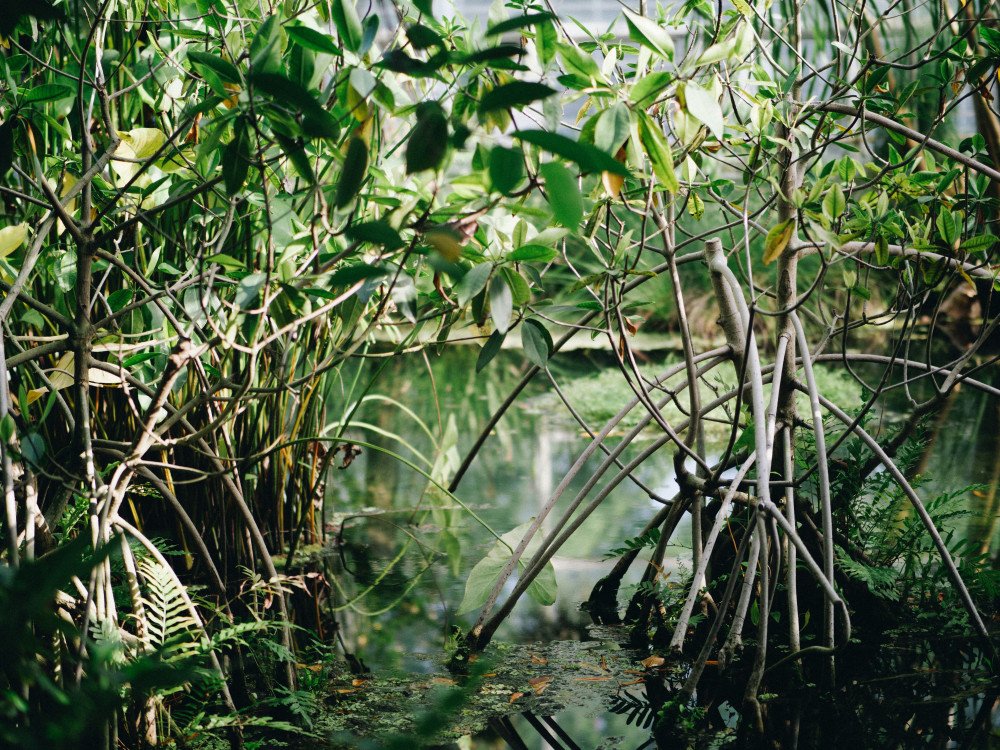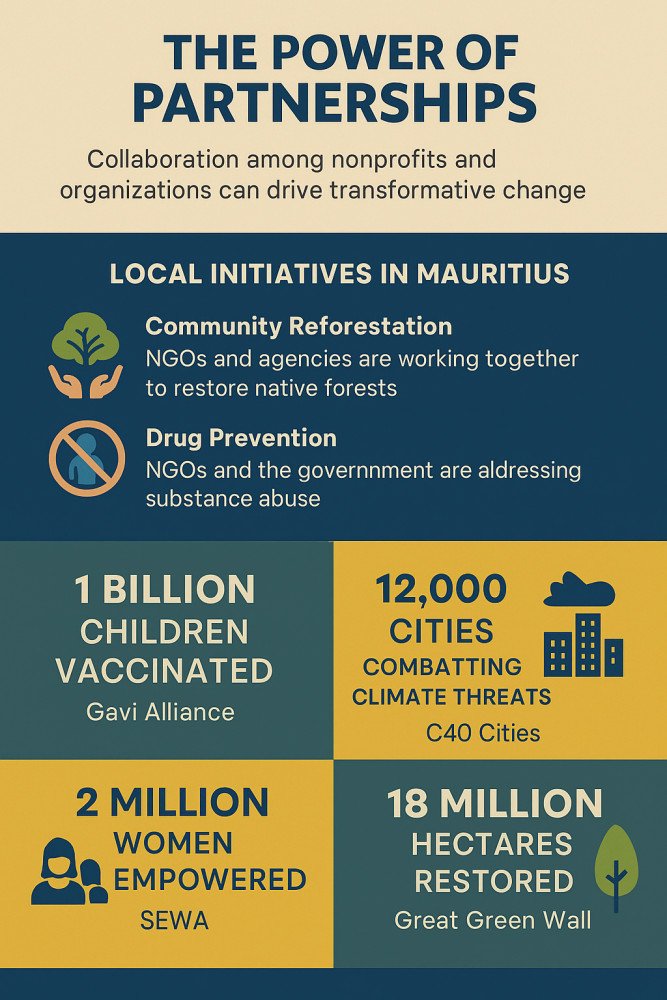

The Crucial Role of Mangroves in Mauritius
Mangroves are a vital component of coastal ecosystems, offering numerous environmental benefits, from protecting shorelines to fostering biodiversity. In Mauritius, these unique plants are increasingly recognized for their crucial role in ecological sustainability and climate resilience. This blog delves into the significance of mangroves, identifies the critical areas for planting, and highlights the commendable efforts of NGOs, particularly the Association Development Durable (ADD), in spearheading mangrove restoration initiatives.
The Importance of Mangroves
Mangroves serve as natural barriers against coastal erosion and storm surges, protecting inland areas from severe weather events. They also provide habitats for a wide variety of marine life, including fish, crustaceans, and mollusks, supporting both biodiversity and local fisheries. Additionally, mangroves play a significant role in carbon sequestration, absorbing carbon dioxide and mitigating the impacts of climate change.
Facts and Figures
Area Covered: Mauritius has approximately 20 square kilometers of mangrove forests, primarily along the eastern and southeastern coasts.
Biodiversity: These forests are home to over 50 species of fish, 20 species of crustaceans, and numerous bird species, some of which are endemic.
Carbon Sequestration: Mangroves can sequester up to 10 times more carbon per hectare than terrestrial forests, making them crucial in the fight against global warming.
Critical Areas for Mangrove Planting
Several red zones in Mauritius have been identified as critical for mangrove restoration due to their vulnerability to coastal erosion and habitat degradation. These areas include:
- Grand Gaube: Known for its beautiful beaches, this area is facing significant coastal erosion, making it a priority for mangrove planting.
- Rivière des Créoles: Located in the southeast, this area has seen substantial habitat loss, affecting both marine and bird life.
- Mahébourg: A historical and touristic site, Mahébourg’s coastline is increasingly threatened by rising sea levels and storm surges.
- Blue Bay: An important marine park, the health of this ecosystem is vital for tourism and biodiversity conservation.
NGOs Leading the Way in Mangrove Restoration
Several NGOs in Mauritius are working tirelessly to restore mangrove forests and educate the public about their importance.
Among them, the Association Development Durable (ADD) stands out for its impactful initiatives.
Association Development Durable (ADD)
- ADD has been at the forefront of mangrove restoration efforts in Mauritius. Their activities include:
- Community Engagement: ADD involves local communities in planting activities, ensuring sustainable and long-term conservation efforts.
- Education and Awareness: They conduct workshops and seminars to educate the public about the ecological and economic benefits of mangroves.
- Research and Monitoring: ADD collaborates with scientific institutions to monitor the health of mangrove forests and assess the effectiveness of restoration projects.
Other Noteworthy NGOs
Mauritian Wildlife Foundation (MWF): Focuses on conserving the unique flora and fauna of Mauritius, including mangrove ecosystems.
Eco-Sud: Works on various environmental projects, including coastal and marine conservation, with a strong emphasis on mangrove rehabilitation.
Reef Conservation Mauritius: Specializes in marine ecosystems, promoting the restoration of coral reefs and mangroves.
The restoration and conservation of mangrove forests in Mauritius are essential for protecting the island's coastal areas, supporting biodiversity, and mitigating climate change. The efforts of NGOs like ADD and others are invaluable in this endeavor. By raising awareness and involving communities, these organizations are paving the way for a more sustainable and resilient future.
Understanding and supporting these initiatives is crucial for the well-being of Mauritius' environment and its people. Every planted mangrove is a step towards a healthier, more stable ecosystem. Let’s join hands in supporting these vital conservation efforts and ensure that the mangrove forests of Mauritius thrive for generations to come.


